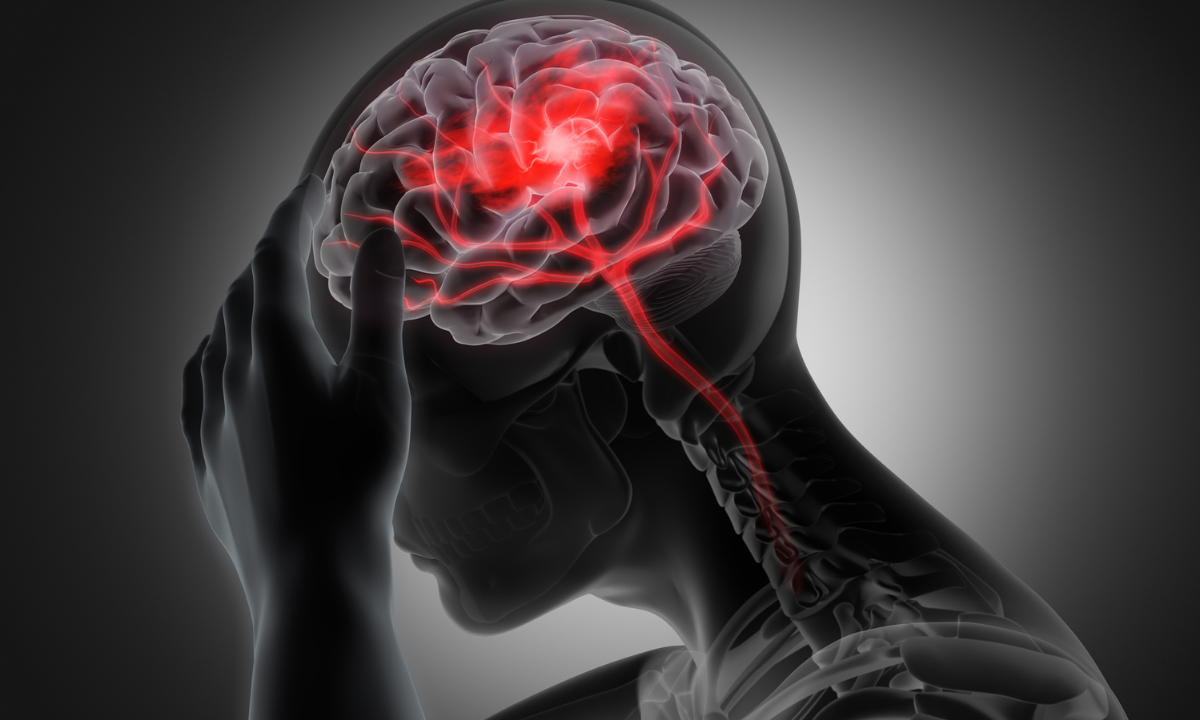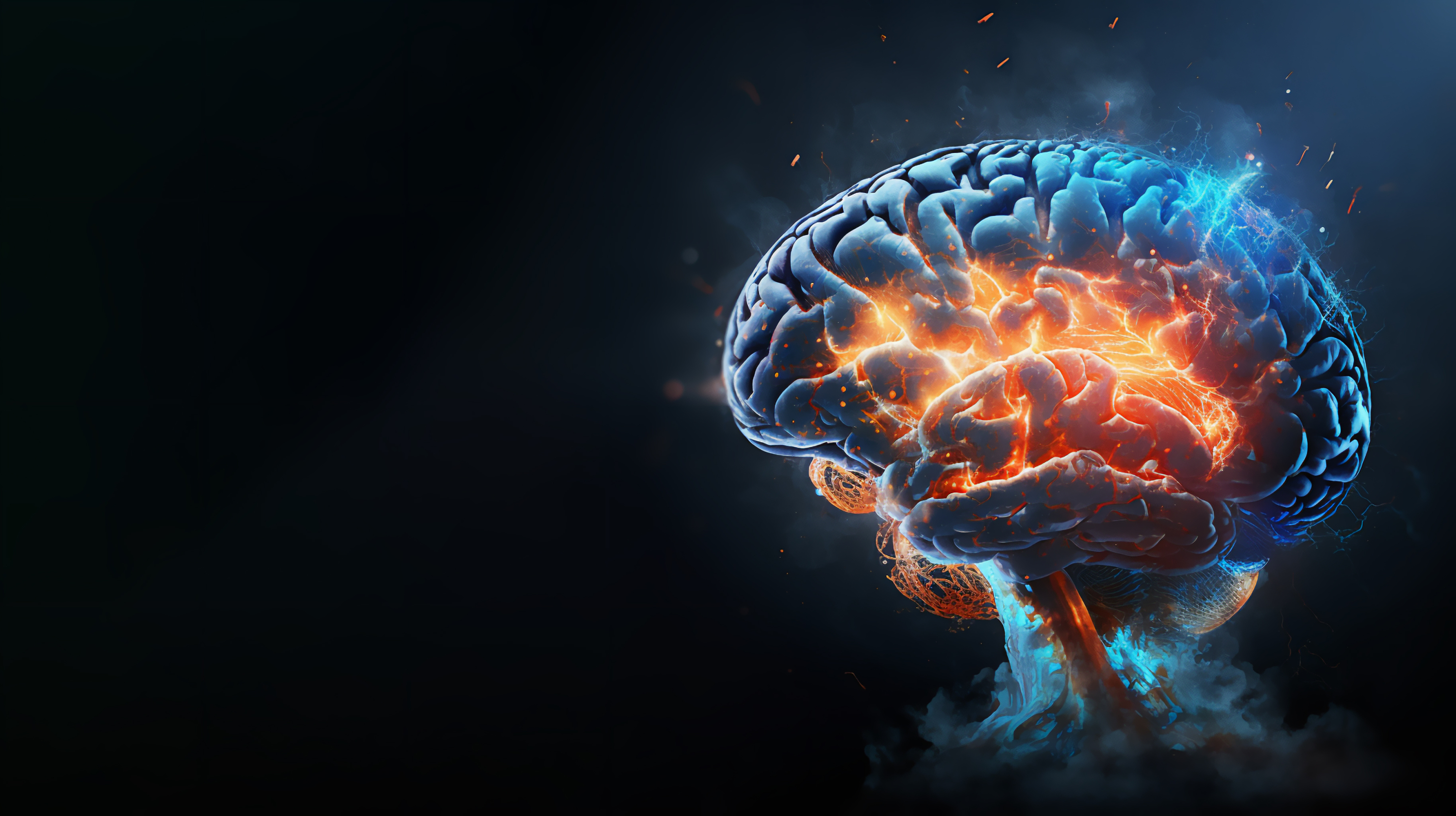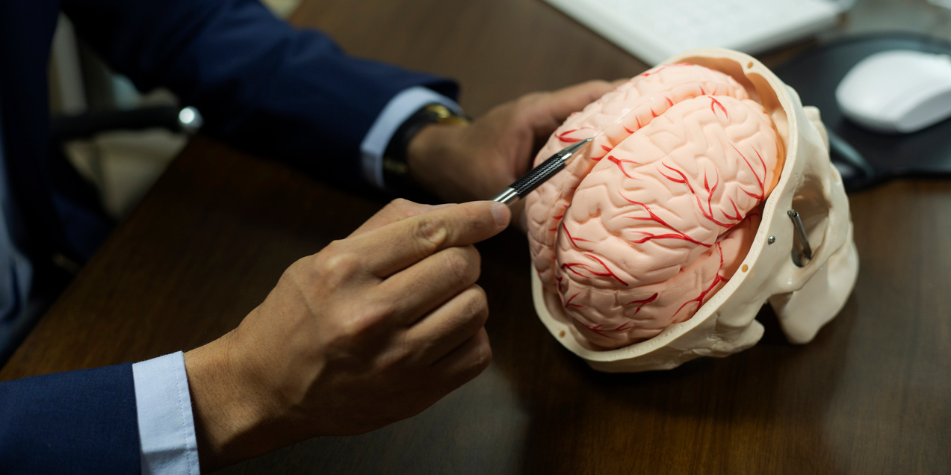Five signs that you may be having a stroke: Don't ignore them

A stroke , also known as a cerebrovascular accident (CVA), is one of the leading causes of death and disability among adults worldwide.
This neurological event occurs when blood flow to the brain is suddenly interrupted , either by a blockage (ischemic stroke) or by a rupture of a blood vessel (hemorrhagic stroke).
This disruption prevents neurons from receiving oxygen and essential nutrients , causing them to die within minutes. In this situation, every second counts, and immediate medical attention can drastically reduce permanent neurological damage.
Despite the severity of the clinical picture, many people are unaware of the early signs that a stroke is occurring, contributing to critical delays in care.

Anyone can be affected by a stroke. Photo: iStock
There are five key symptoms that should be considered as warning signs and should not be ignored under any circumstances:
1. Sudden numbness or weakness in the face, arm, or leg:
This symptom usually occurs on only one side of the body. It may include a drooping face, an asymmetrical smile, or an inability to keep both arms elevated at the same level . This unilateral weakness is related to the affected cerebral hemisphere, and its sudden onset is a clear sign of a medical emergency.
2. Sudden confusion or difficulty speaking and understanding:
The patient may have difficulty articulating words (dysarthria) or constructing coherent sentences (aphasia). Speech becomes slurred or incoherent, and the person may not understand simple instructions . This sudden language impairment is one of the most obvious signs that brain function has been compromised.

A drooping face or difficulty speaking can be signs of an impending stroke. Photo: iStock
3. Sudden vision problems in one or both eyes:
Sudden visual loss, whether partial or total, in one or both eyes, with no apparent cause, may present as darkening, blurred vision, double vision, or even vertigo . These visual disturbances are due to damage to the cerebral visual cortex and should be evaluated immediately.
4. Severe dizziness, loss of balance or coordination:
When a stroke affects the cerebellum or brainstem, severe dizziness, difficulty walking, or motor incoordination may occur. The person may stumble for no reason or walk erratically, reflecting damage to the areas responsible for postural control and balance.
5. Sudden severe headache with no known cause:
Particularly in hemorrhagic cases, a headache described as "the worst of my life" may occur . This type of headache comes on abruptly, with peak intensity from the onset, and may be accompanied by nausea, vomiting, or loss of consciousness.

A stroke requires urgent attention; these signs can help you identify it instantly. Photo: iStock
To facilitate the identification of a possible stroke, the use of the acronym R.Á.PIDO is recommended, which summarizes the main warning signs:
- R = Drooping face (facial paralysis): Is the smile uneven or crooked?
- A = Balance disturbance: Do you experience instability when walking?
- P = Loss of strength in arm or leg: Does one of your arms fall down when you try to lift it?
- I = Sudden Visual Impairment: Is there sudden vision loss in one or both eyes?
- D = Speech Difficulty: Do you slur your words?
- O = Get help, call 911: It is vital to seek medical assistance immediately, remembering the exact time of onset of symptoms.
A prompt medical response to these signs can prevent serious consequences or death. Even if symptoms disappear, it's crucial to seek medical attention at an emergency room for a full evaluation.

The FAST rule helps you identify a stroke and take action before it's too late. Photo: iStock
Additionally, there are other symptoms that may also occur and should generate alert: sudden numbness, mental confusion, problems understanding language, difficulty walking and intense headache with no apparent cause .
Although men and women often experience similar symptoms, some women may experience more subtle signs, such as generalized weakness, disorientation, memory problems, fatigue, nausea, or vomiting . These atypical symptoms may go unnoticed and delay treatment, increasing the risk of serious complications.
In some cases, a stroke can occur without any obvious symptoms. This is called silent stroke , which occurs when a blood vessel is blocked and brain cells die without generating any noticeable signs.
This type of stroke is usually detected by magnetic resonance imaging (MRI) or computed tomography (CT) and is more common in people over 80 years of age, smokers, or those with preexisting vascular disease. Although they do not present visible symptoms, these episodes can leave mild functional sequelae and increase the risk of developing dementia or subsequent strokes.

Asymptomatic stroke affects mental functions without presenting clear signs at first. Photo: iStock
Another symptom that should be taken extremely seriously is a transient ischemic attack (TIA) , also known as a mini-stroke. Although its symptoms usually disappear within minutes or hours, they are a warning that a more serious stroke may occur soon.
It is estimated that 1 in 5 people with a TIA will suffer a stroke within the next 90 days. In many cases, what is presumed to be a TIA turns out to be a full-blown stroke. Hence the importance of seeking urgent medical evaluation , even when symptoms have resolved.
Knowledge and education about these warning signs are essential for responding promptly. If you detect any of these symptoms in yourself or someone else, it is imperative to call 911 or your local emergency number immediately . Early intervention can mean the difference between full recovery and permanent disability.
El Universal (Mexico) / GDA
More news in EL TIEMPO *This content was rewritten with the assistance of artificial intelligence, based on information from El Universal, and reviewed by a journalist and an editor.
eltiempo





